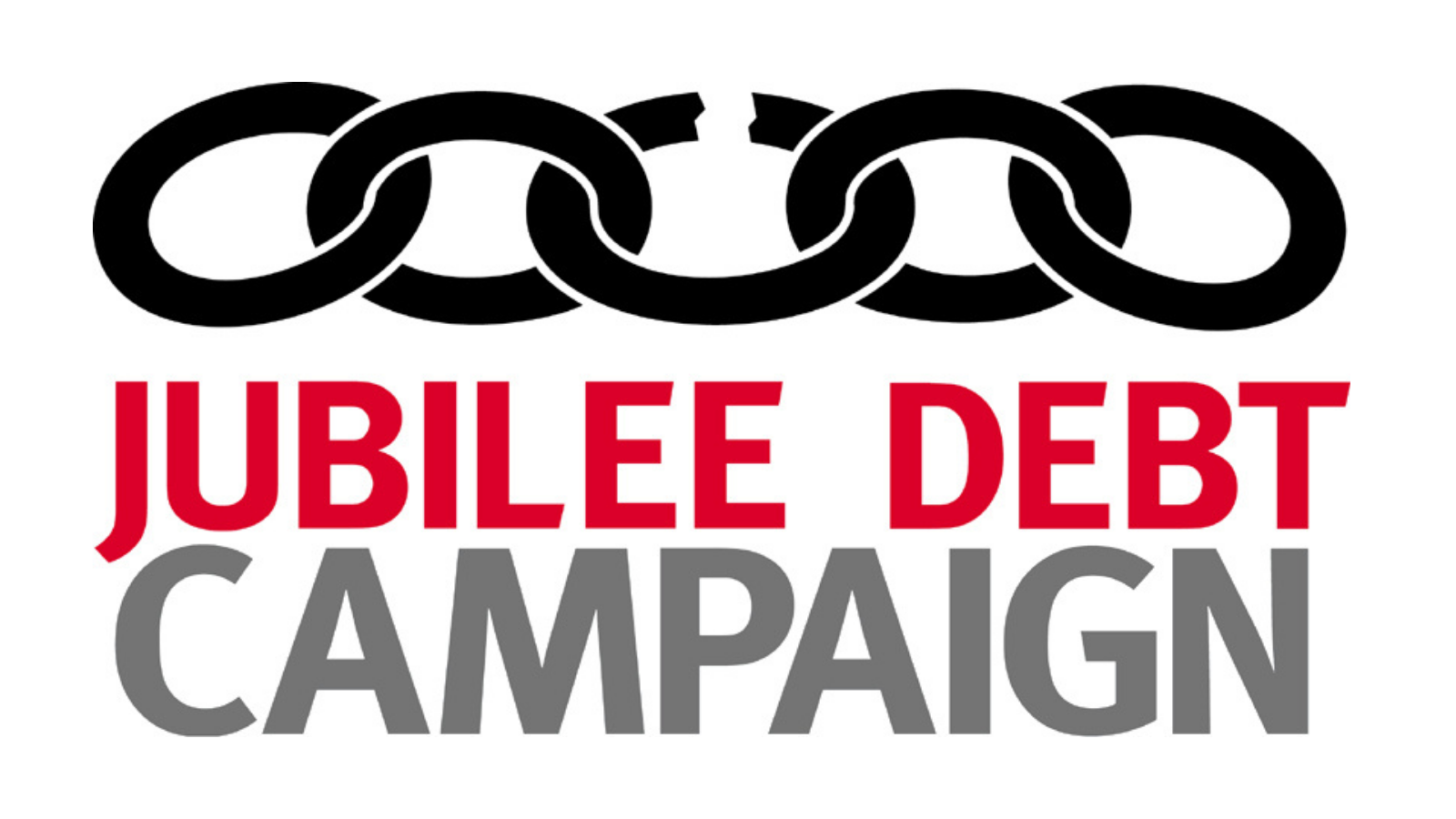Who Pays for the Climate Debt?

It never feels comfortable, and I believe it should not, to write about climate injustice from a country that has largely contributed to its creation and perpetuation. With these short blogs, we aim to inform and introduce you to new topics, but also spark your curiosity to explore the stories and ideas of those directly experiencing the consequences of climate change.
The Polluter Pays Principle
Let us start with a little vocabulary. As we explore the many intertwined ramifications of climate justice, we become familiar with the Polluter Pays Principle, framed by the Rio Declaration in 1992. This principle stipulates that polluters should bear the economic cost of the environmental damage they have caused. It is a principle that goes beyond environmental protection in practical terms and speaks to a search for justice and retribution.
Over the course of recent history, it has been widely recognised that countries in the Global North are the primary actors in fuelling the climate crisis. To quote the preamble to the UN Framework Convention on Climate Change (UNFCCC):
“the largest share of historical and current global emissions of greenhouse gases has originated in developed countries...”
This crisis has come with a cost in the form of global warming, intensified natural disasters, as well as the ecological and social wounds left by extractivism.

If we abide by the principle that polluters should pay, these costs build up to constitute an immense debt, owed to those who now bear the heaviest consequences of climate change. Yet, once aware of this tally, the current distribution of national debts appears almost paradoxical. National debts have been growing, and in the world’s low-income countries this economic burden has reached a record total $860 billion in 2020, exacerbated by COVID-19 pandemic.
The Economics of Colonialism
While only scratching the surface of a much more complex historical digression, we trace the origin of this debt back to a time when new capital was injected into growing economies to encourage development and to address poverty. Funds never came without strings attached, but rather in the form of loans, often made contingent on policy conditions such as tax reforms, privatisation, and trade liberalisation. You can compare different sources for the history of debt via The World Bank and also the Jubilee Debt Campaign.
Here is where the debt crisis meets and deepens climate injustice across the globe. A national debt of this size acts as a major drain of resources that could be better invested towards mitigation and adaptation goals. In simple terms, these respectively mean reducing greenhouse gas emissions and adjusting to current and expected effects of climate change. In fact, investments towards adaptation are as urgent as ever, considering that the growing rate of climate-extreme events is expected to bring adaptation costs for vulnerable countries up to $140-300 billion per year by 2030, falling on top of the existing debt.
As a vicious cycle, the pressure to repay these loans also forces governments to intensify different forms of nature exploitation, such as large-scale agriculture or mining, ultimately slowing down the process of building more sustainable economies and adding further pressure on the environment.

What are the Possible Solutions?
Arguably, injustice cannot be fixed by repeating the same economic models and patterns of exploitation that are the very cause of it. This is why activist movements for debt justice, such as the UK-based Jubilee Debt Campaign, have been calling for debt cancellation as a vital step towards this goal, and crucially, for grants to substitute loans in all future climate financing.
As mentioned, most advanced economies have recognised their greater responsibility in global warming and have pledged to financially support developing countries as part of their obligations under international law. It is a priority that this money is delivered, no strings attached.
As per Mae Buenaventura, member of the Asian People’s Movement for Debt and Development's position in Jubilee Debt Campaign's “Drop It” magazine, a key pillar to the debt justice movement is that debt cancellation should never be interpreted as charity. For the advocates of the movement, debt cancellation is an act of justice, a form of restitution and reparation by those who were first and are still primarily responsible for climate change.

Subscribe to Lawyers for Nature & Join our Community
If you are on the website, enjoyed this blog and are yet to subscribe to the Lawyers for Nature newsletter, you can click the button at the bottom right hand corner of this page, or simply click here. You can also use our Contact Page if you would like to reach out directly, or simply join our Community Discord Server.
We look forward to working with you.




